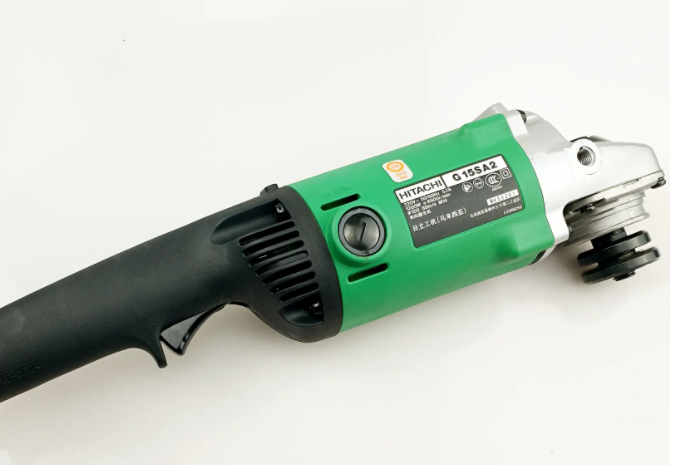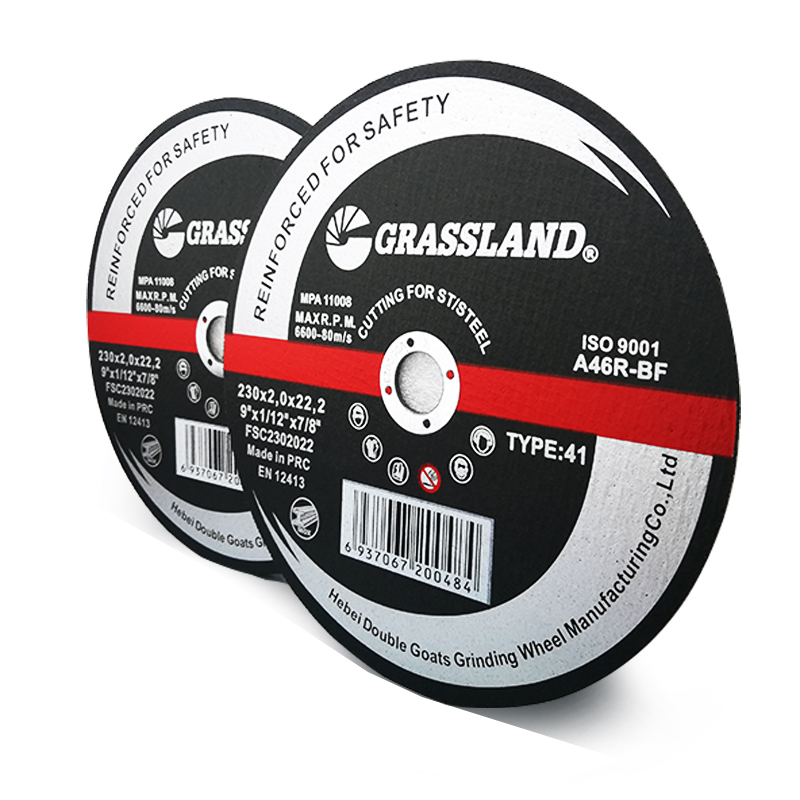Types of Abrasives in Grinding
Grinding is an essential manufacturing process that uses an abrasive to wear away material from a workpiece. It is widely employed in various industries for finishing surfaces, sharpening tools, and achieving precise dimensions. The effectiveness of grinding operations largely depends on the type of abrasives used. In this article, we will explore the various types of abrasives in grinding, their characteristics, and their applications.
1. Natural Abrasives
Natural abrasives have been used for centuries and include materials like garnet, sandstone, emery, and diamond. These materials are sourced directly from the earth and have unique properties that make them suitable for grinding.
- Garnet This is a granular mineral that is often used in sandblasting and polishing applications. Garnet abrasives are effective for their toughness and angular shape, allowing them to cut through materials efficiently.
- Sandstone Known for its versatility, sandstone is utilized in grinding wheels and stones. It provides a coarse texture, which is advantageous for rough grinding.
- Emery Composed mainly of corundum, emery is commonly found in hand tools and grinding wheels. Its high hardness level allows it to be used for tough materials.
- Diamond As the hardest known natural material, diamond is unbeatable for grinding hard and brittle materials like ceramics and carbide. However, its cost may limit its application to specialized tools.
2. Synthetic Abrasives
With advancements in manufacturing technology, synthetic abrasives have gained immense popularity due to their consistent quality and varied properties. Common synthetic abrasives include aluminum oxide, silicon carbide, and cubic boron nitride (CBN).
- Aluminum Oxide This is one of the most widely used synthetic abrasives. It is available in various forms, including white, pink, and brown. Aluminum oxide is suitable for grinding metals and is particularly favored in belt and wheel forms because of its durability and effectiveness.
- Silicon Carbide This abrasive is extremely hard and sharp, making it ideal for grinding non-ferrous metals and hard materials such as glass and ceramics. Silicon carbide is often used in grinding wheels designed for wet operations, as it provides better results with minimal friction.
types of abrasives in grinding

- Cubic Boron Nitride (CBN) CBN is the second hardest material after diamond and is particularly useful for grinding high-speed steel and hard materials. It retains its shape during grinding and produces a fine finish, making it popular in precision machining.
3. Coated Abrasives
Coated abrasives consist of a flexible backing material covered with abrasive grains. These abrasives are primarily used for hand sanding, as well as in power tools.
- Sandpaper One of the most recognized coated abrasives, sandpaper is available in various grits and typically consists of aluminum oxide or silicon carbide grains on paper or cloth backing. It is widely used in woodworking, metalworking, and automotive industries.
- Flap Discs These consist of multiple overlapping flaps of abrasive material fixed to a support. Flap discs are ideal for grinding and finishing applications due to their flexibility and the ability to reach complex shapes.
4. Bonded Abrasives
Bonded abrasives are made by combining abrasive grains with a binding agent, creating a solid structure suitable for various grinding applications.
- Grinding Wheels These wheels can be made from various abrasives, including aluminum oxide or silicon carbide, combined with a resin or vitrified bond. Grinding wheels are categorized based on their grit size and particle type, making them suitable for different types of grinding operations.
- Abrasive Stones These are solid tools made from bonded abrasives used for sharpening chisels, blades, and other cutting tools. They provide a controlled sharpening process and are available in various hardness levels.
Conclusion
The choice of abrasive in grinding operations significantly impacts the quality, efficiency, and outcomes of the manufacturing process. Understanding the different types of abrasives, from natural to synthetic and coated to bonded, allows manufacturers to select the appropriate materials for their specific applications. As industries continue to evolve, the development of new abrasive technologies will further enhance grinding capabilities, ensuring precision and performance in an ever-competitive market.
Post time:Dec - 29 - 2024

















